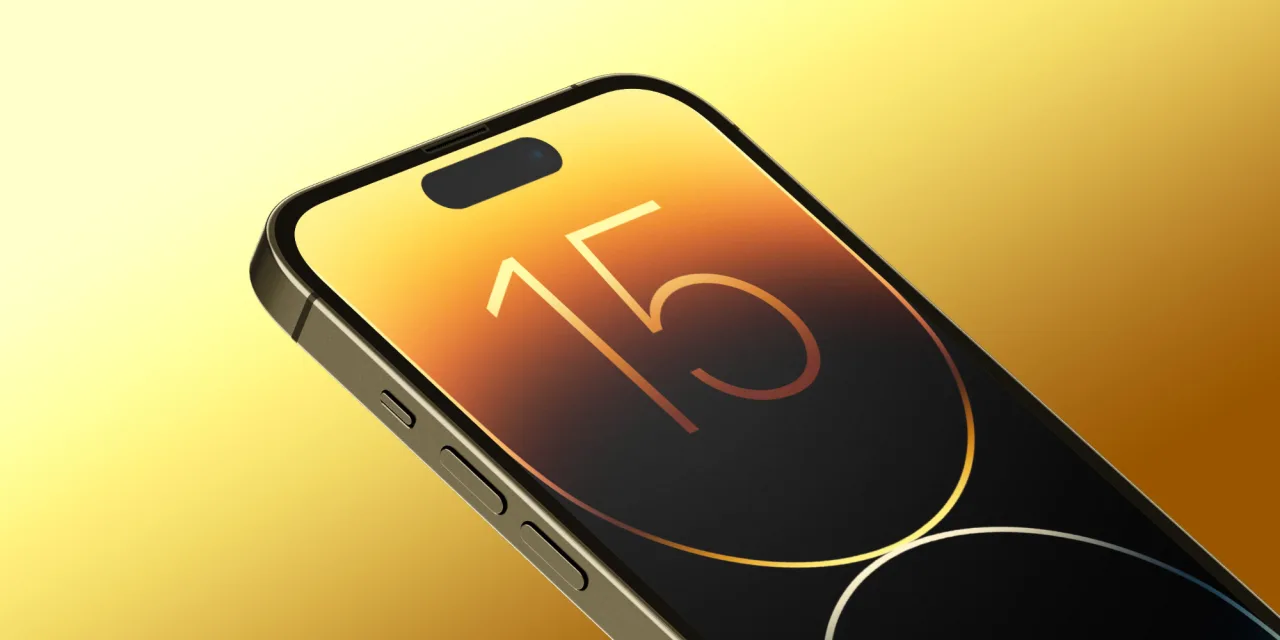The launch of the Galaxy S23 without an Exynos SoC has raised questions about the future of these chips. The truth is that it was completely understandable, because the Exynos 2200 that fitted the Galaxy S22 it was a real failurethat this had no generational change seemed like a sure sign that Samsung could postpone its adventure into the SoC world.
However, this really it didn’t make sense because, as I have told you on more than one occasion, Samsung has interests in the SoC sector, and has more than enough reasons to continue its Exynos line. Among the most important ones, we can highlight that it plays with the advantage of being able to manufacture its own SoC, so that in the end everything stays in-house, and because these would allow it to differentiate itself from other players in the smartphone sector.
This idea that I just told you was reinforced a few months ago when we told you that Samsung is working on two new SoCs, Exynos 1330 and 1380two chips that would target the mid-range market and today both were officially unveiled, so what I’ve been telling you for a while now is confirmed and it’s clear that the South Korean giant has no plans to abandon its own line of SoCs.

The Exynos 1380 SoC is a chip built on Samsung’s 5nm node that comes with four Cortex-A78 cores running at 2.4 GHz and four Cortex-A55 cores running at 2 GHz. The first block is high power and the second is high efficiency. On the front, it has a Mali-G68 MP5 GPU at 950 MHz, can work with FHD + displays at 144 Hz and supports LPDDR4X and LPDDR5 memories, as well as UFS 3.1 storage.
This SoC also has a neural processing unit It offers a total performance of 4.9 TOP and is supplied with sa 5G modem and has a network solution compatible with Wi-Fi 6 and Bluetooth 5.2, making it a very complete silicon. You can connect cameras up to 200 MP.
We now turn to Exynos 1330a chip that we can consider as an economical middle class, which is also produced in Samsung’s 5 nm node, and which has two 2.4 GHz Cortex-A78 cores and six 2 GHz Cortex-A55 cores. Its GPU is Mali-G68 MP2, it supports FHD+ displays at 120 Hz, and it retains the same level of memory and storage compatibility as the Exynos 1380. It also retains connectivity options and 5G support, but only supports cameras up to 108 PM.
On paper, both chips look good, as they seem to be on par with other solutions from MediaTek and Qualcomm, which we can consider their direct rivals, but we will have to wait for that. what they are able to offer in terms of performanceand what is the price of the terminals that will hit the market based on both SoCs.














